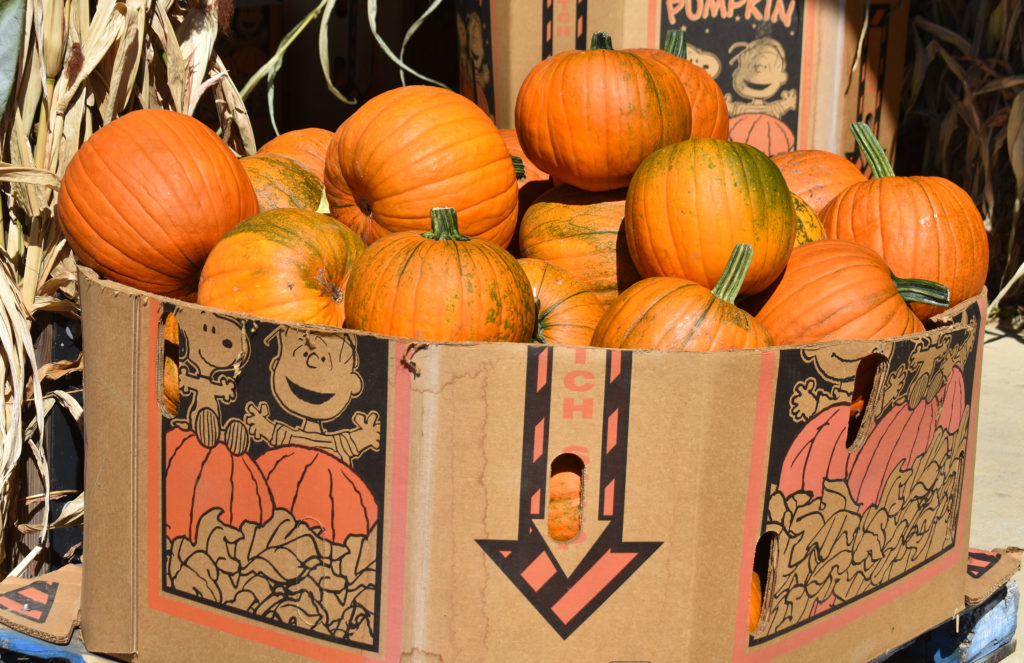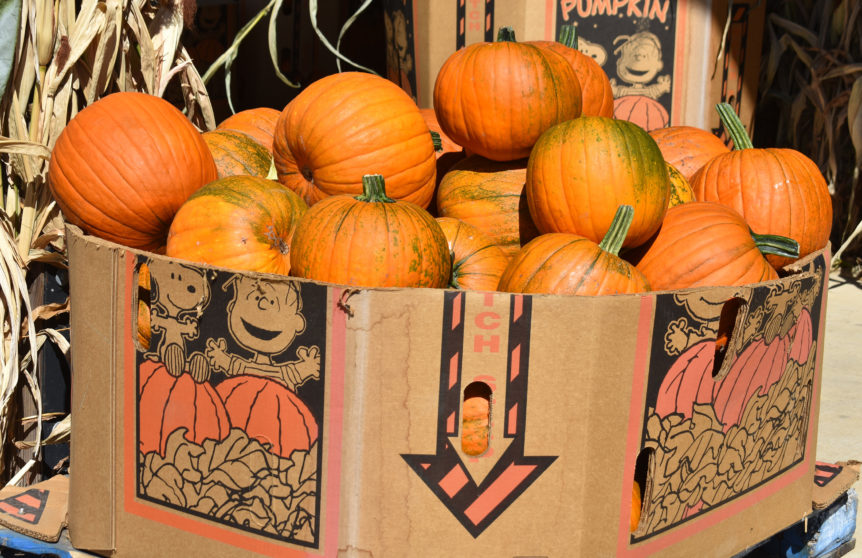By Clint Thompson
North Alabama fruit and vegetable farmers have had plenty of rainfall to work with this summer. It has been above average throughout the region, according to Eric Schavey, regional Extension agent in Northeast Alabama. He highlighted the various impacts from the increased rainfall growers experienced in June and July.

“Two weeks ago, we were 5.5 inches higher than the average in Gadsden. We were already at 35.6 inches when normally we’re at 30 this time of year,” Schavey said. “We had more in June, and we’ve had more here in July.
“We talk about drought one year and then rain, rain, rain. Back in June, we had a rain event where it rained every day for 11 days. A lot of our tomato farmers were a little behind. Right now, leaf spot diseases are just eating everybody up. That’s what we’re dealing with.
“There was one place a couple of weeks ago about seven or eight miles from my house. They got 7 ½ inches of rain in three hours. “
Concern for Pumpkin Growers
A concern now is for the region’s pumpkin growers. Schavey estimated there was about a five-day period with zero rainfall, so producers had some time to put plants in the ground. But the rain delayed some plantings and forced growers to increase their fungicide applications. Agritourism is a major business in the state. Producers need a viable pumpkin crop to attract people to their farms.

“What we’re looking at right now is the farmers, they’re trying to get their pumpkins. The last couple of weeks in June, they’re wanting to get pumpkins in the ground, and we were just so wet,” Schavey said. “They’re struggling to get pumpkins in the ground for agritourism. What pumpkins are in the ground, you’re having to spray, trying to keep fungus off of them. That’s hard to do when it rains every day, every other day.
“If you don’t have pumpkins Oct. 15 to Nov. 6, then your pumpkin time is done. Nobody wants pumpkins after that.”










